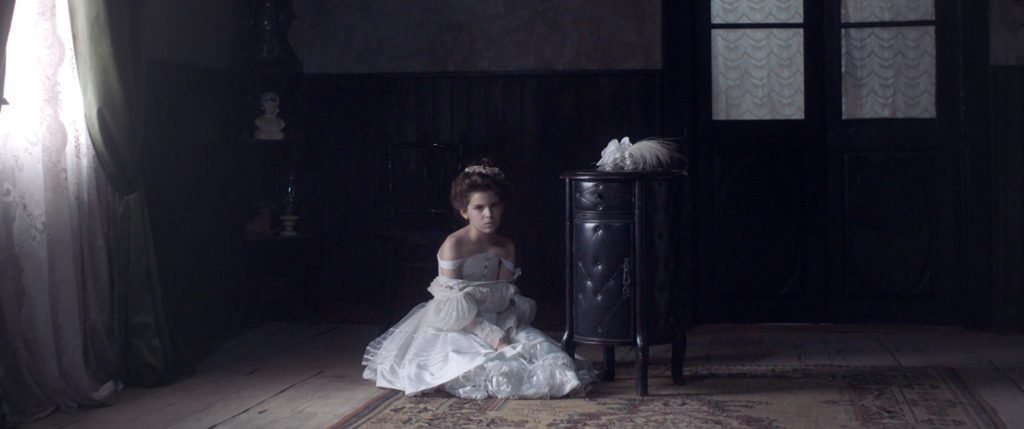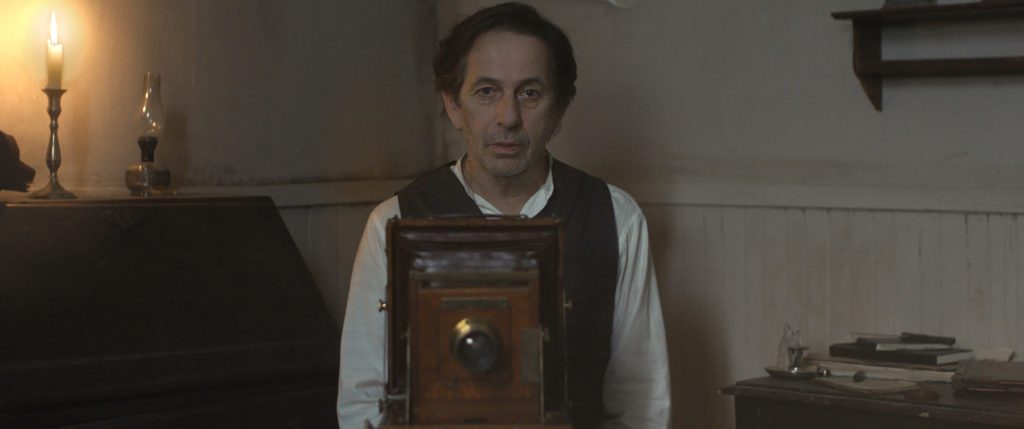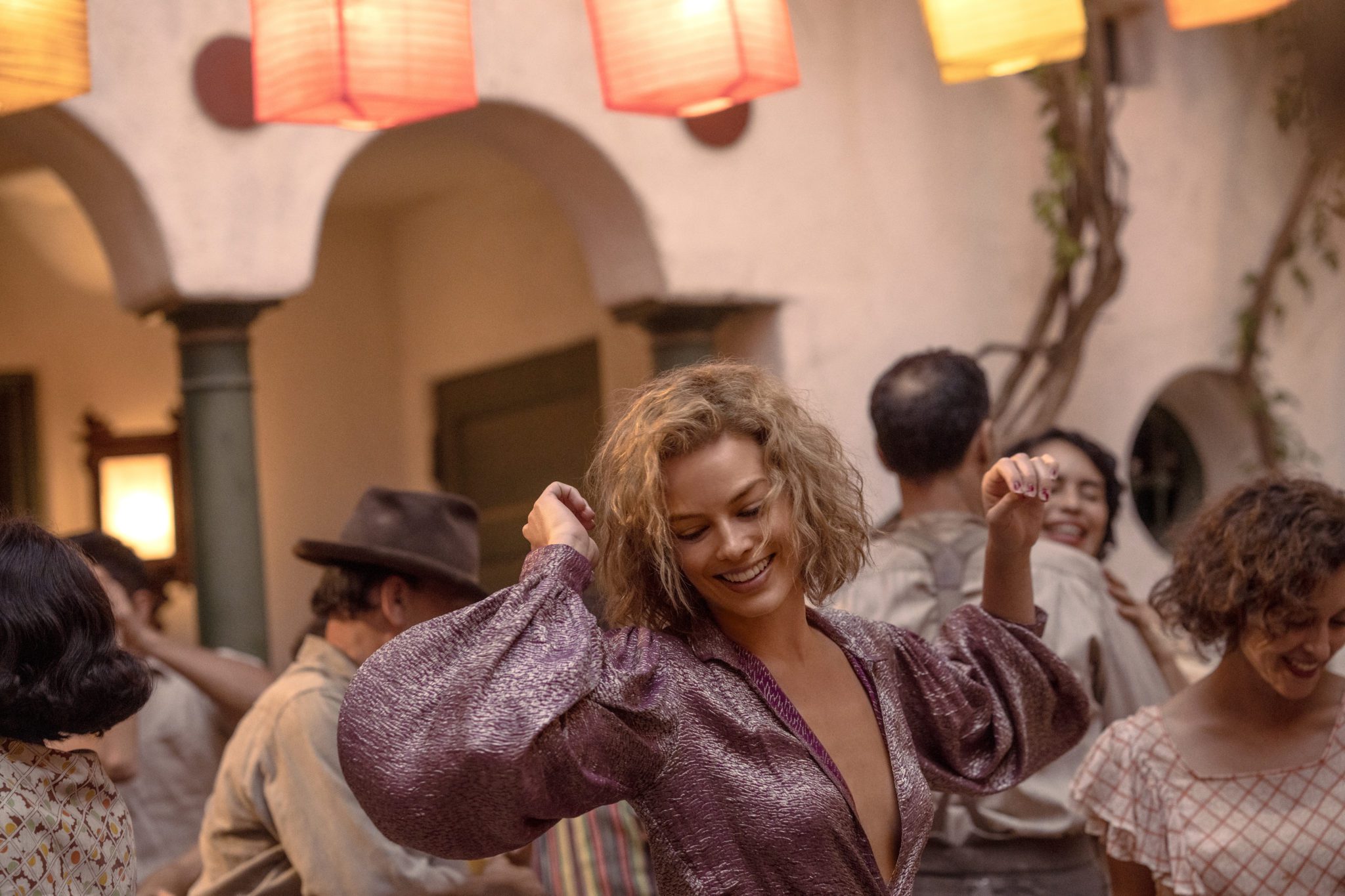Blanco en Blanco, Chile?s submission for Best Foreign Film Oscar consideration, takes us into the cold, dark, empty environment of Tierra del Fuego at the turn of the 20th century. Director Th?o Court creates a world in which the land and the people share a soul-numbing desolation.

The film centers on Pedro, a photographer, who has been hired to come to this remote area to take a wedding photo of the landowner?s soon to be child bride, Miss Sara. Strangely, the land owner, Mr. Porter, is absent throughout the movie, always busy on other business. This area, at the southern tip of South America is very much the end of the earth. As Pedro must wait for the wedding to take place, he is caught up in seeing the world around him. He discovers it is filled with people who are just as cold, dark, and empty as the land around them. He also discovers, and in time participates in, the genocide against the indigenous people of the area.
This languidly paced film is more than anything an example of excellence in cinematography. Whether inside the big house, or in the surrounding countryside, earth tones or stark white and grays fill the screen to show us the emptiness that defines the land and the people. This is a world that even in its violence, lacks any sense of passion. Pedro, especially seems to be nearly emotionless. He just exists. His only real concern is how to stage a photo perfectly (not unlike the centrality of cinematography in this film). Some of the most interesting shots are those that we see through his camera.

Of course, the social commentary of the film is about the colonialism that destroys those who have lived in this land for so many generations. When Pedro is asked to document the work being done, he is told that they are making history here by creating a homeland. (Obviously, a homeland for Europeans. It is already a homeland, but by those not recognized as true people.) Just as Pedro poses Miss Sara to make the young girl look sexually appealing, he later poses the corpses of the murdered people and their hunters to make the scene look noble. It reminds us that there is often much more behind the images we see than we know.

Blanco en Blanco is in limited release.
Photos courtesy of Outsider Pictures.





